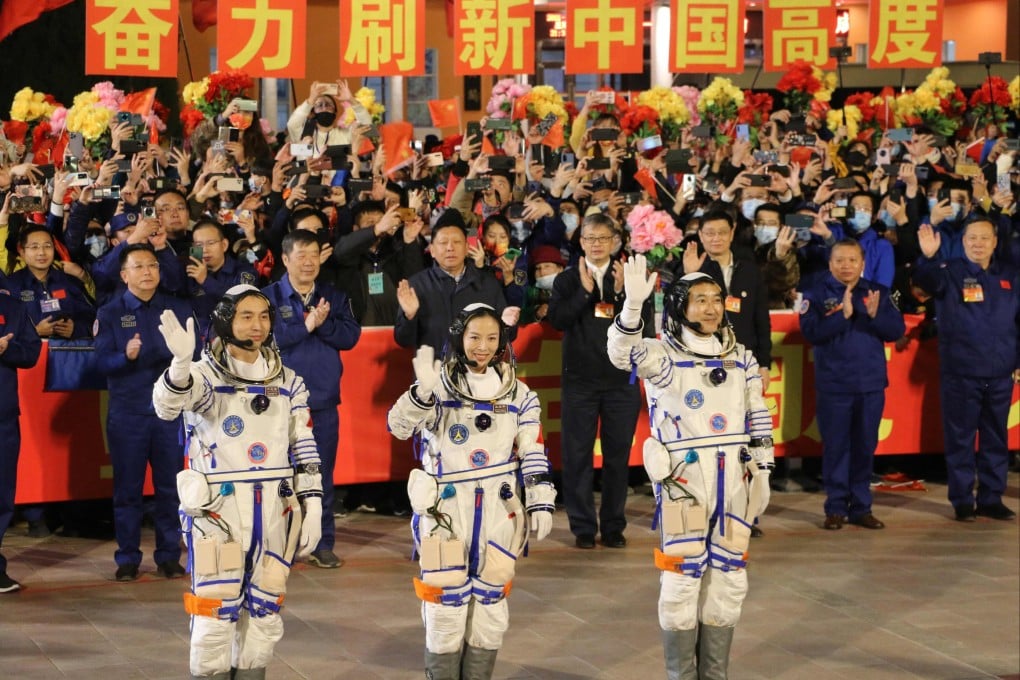Chinese astronauts prepare for trip home after 6 months at space station
- Trio set to return to Earth in April as planned, and will bring back data from the experiments they have conducted
- They will restore the cabin to its unmanned state and put life-support systems in sleep mode, while staff on the ground are getting ready for their arrival

“The crew in orbit and search-and-retrieval team on the ground in Inner Mongolia are all preparing for their return,” the source said. “So far, all is going smoothly.”
The astronauts – Zhai Zhigang, Wang Yaping and Ye Guangfu – will bring back data from the experiments they have carried out in orbit.
Meanwhile, the Tianzhou 2 cargo spacecraft, having delivered supplies for the crew, had been detached from the space station and would soon re-enter the atmosphere, the China Manned Space Agency (CMSA) said on Sunday.
Tianzhou 2 will carry back the waste generated in the space station during recent missions. Upon re-entering the Earth’s atmosphere, the spacecraft, along with the waste it carries, will burn up, the space station’s chief designer Yang Hong has said previously.
